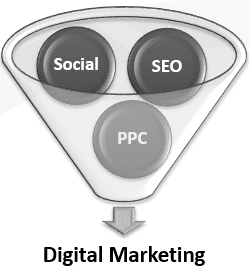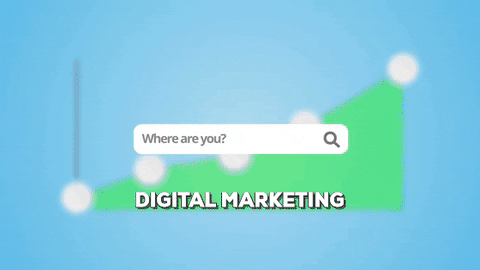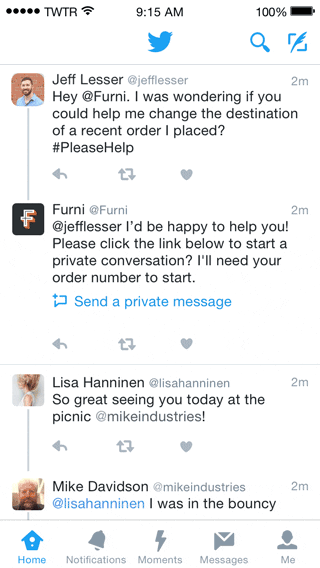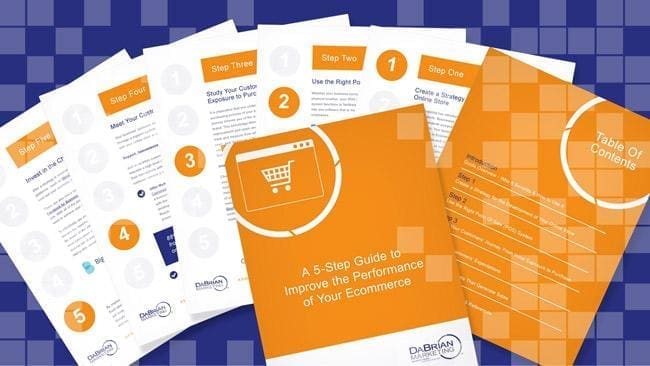
Understanding your ideal customer(s) is paramount to your digital marketing success and the growth of your business. Many organizations attract the wrong type of website traffic, leads, and clients. Narrowing your focus and refining your buyer personas will help you stop wasting valuable resources on the wrong types of people and enable you to bring in more ideal customers for your business.
One key factor is to ensure you are targeting not your current customers, but the customers that will drive your business forward. Chances are, you are attracting more potential clients who will not be profitable or engaged. In this article, we examine five signs that your business is attracting the wrong customers — and how to fix the underlying issues so that you bring on more of the clients your business wants in 2020.
1. You Still Haven’t Defined Your Customers
If you still haven’t defined your current and ideal customers and shared that knowledge among your employees, you’re firing blind. The most critical attribute to discover about your customers is their buying intent. Knowing why the people who buy your goods and services chose your product or service is paramount to understanding both what is driving the marketplace and your key differentiator within it.
2. You Haven’t Defined Yourself
If you truly believe in something, someone will probably disagree with you and get upset. And that’s ok. If you aren’t upsetting anyone, it’s likely that your brand is so vanilla that it doesn’t mean much of anything, to anyone. It’s impossible to gain the vocal champions you need among clients to spread the word about your business if you don’t stand for anything. Your goal should be to have a clear vision and mission statement and attract clients that share your values. Check out our blog to learn how to find your brand voice.
3. You Compete Primarily On Price
There are only a few valid ways to compete — and if you are Walmart, go ahead and compete on price. Are you Walmart? I didn’t think so. If you don’t have the lowest cost structure and compete on price, eventually you’ll go out of business. That’s just how numbers work. Stop chasing low value clients who prompt you to do 80% of the work but 20% of the profits. The ones worth your while aren’t the ones who talk about price until you’ve established your value. And once you’ve established your value, you have the flexibility to charge more. It’s really that simple.
4. You Don’t Do Enough Discovery During Sales & On-Boarding
Before your marketing team can effectively do anything, they need to intimately understand the pain points and goals of your new clients. If your customer service, project management, and/or salespeople don’t have the right tools or exert enough effort to have a firm grasp on the motivations of new customers, it will be next-to-impossible for your marketing team to consistently deliver value-driven solutions.
5. You Have A Disorganized Sales & Marketing Process
If your company doesn’t continue to put energy into re-establishing your brand, over and over again, you will find that your brand value erodes over time. A disorganized brand will attract disorganized clients, and that spells death for your business. You want a firm brand (again, it’s ok to alienate some folks) that evokes a belief in everyone on your team — and by extension, it will evoke a belief in the people with whom you want to work.
Fixing The Issue
Now that we’ve established the “wrong” customers, how do you go about attracting the right customers? Everything boils down to a strategy that aligns your brand, profit model, and target buyer persona with each other. Try these three fixes for starters:
- Create Your Target Persona
Note: the operative word here is “target”. That means you need to stop being all things to all people. You have to drill down and discern what is the core audience your business aims to serve. It may be a role, an industry, or a service — it might even be some combination of all three. Either way, focus on a narrow niche and get to know it better than anyone else in your market. That will lend credibility to your offering and allow you to earn a better profit for your services (see below). Here is a previous article to help get you started on writing to target personas.
- Create Your Profit Model
When businesses attract the wrong types of customers, it’s often due to a bad pricing strategy. If you price too low, you’re going to attract bargain shoppers who bleed your time and resources. We are not advocating that you overcharge: we’re just saying you should reframe your business and brand story so that it focuses on the value that you can bring to customers. Sell them on your unique ability to solve their problem and you’ll be surprised what they’re willing to pay.
- Create The Right Story
Your brand narrative acts as a beacon to attract and retain the right (or wrong) types of customers. Creating the right story typically involves the following elements:
- Distill your core values and your brand purpose
- Create a mission statement if you don’t have one
- Dig deep to understand why you started the business in the first place
- Find elements that make your brand unique
When telling your story, try and visualize the ideal customers. Craft your story to appeal to them. Introduce story elements that would filter out customers that are wrong for your business. For this, you need to go back to the buyer persona creation step.
Wrapping it Up
Being prepared for the post-COVID world means knowing whether you are attracting the right — or the wrong — customers, and why. Understanding where you’re going wrong from among the five common errors is a start. From there, narrowing your focus and refining your buyer personas will help you stop wasting valuable resources on the wrong types of people and enable you to bring in more ideal customers for your business. If you still have questions, contact DaBrian Marketing Group Today.












